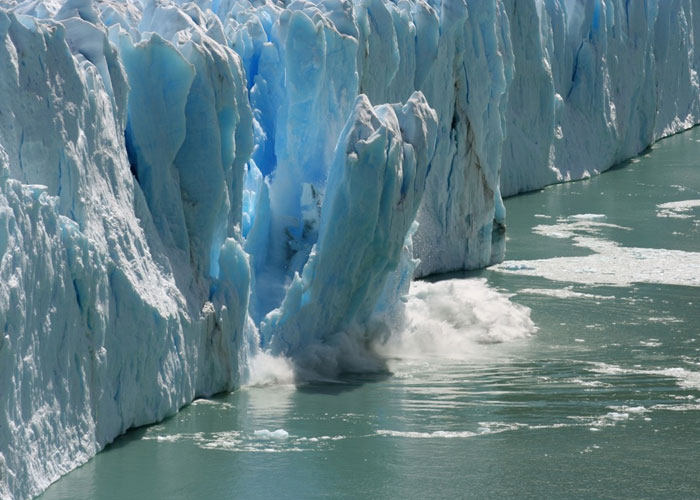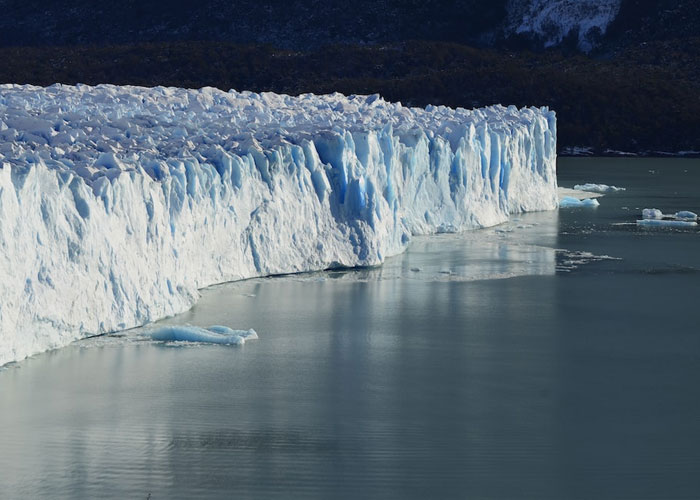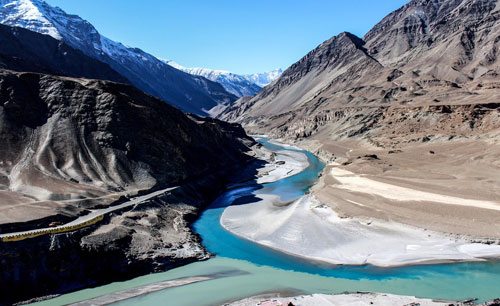The hydrological cycle in the Andes is at risk from a changing climate, with temperatures rising and precipitation patterns changing. Moreover, the rate of warming in the lower troposphere is likely to increase with altitude, affecting high mountains. Moreover, continued warming is expected in much of South America, with projections ranging from 0.4 to 1.8 degrees Celsius by 2020 and 1.0 to 7.5 degrees Celsius by 2080.
Depending on the location of your home, you might have to purchase an STP to handle your sewage. Generally, residential buildings need at least one STP to treat sewage. Many STPs are located underground, making them difficult to maintain. Moreover, you may not be able to inspect them without hiring an expert. It is better to consult a professional if you have any doubts about the process.
Changing patterns of precipitation
The increasing temperatures of the past few decades have led to changes in precipitation patterns in mountainous regions. The increased precipitation in some regions is linked to changes in the water supply. Moreover, the study found that the precipitation of non-irrigated areas has increased. Similarly, precipitation has decreased in some areas. Human activities may cause this decrease.
The rising temperature of the atmosphere has increased the intensity of precipitation in the mountains, but this precipitation is not as pronounced as in the past. Warmer climates are predicted to speed up the hydrological cycle, which will cause increased evaporation and more precipitation. However, the change is more pronounced in lowlands than in mountainous regions. Although the mountainous regions are undergoing changes, precipitation levels are still rising.
The mountains play a crucial role in providing freshwater supplies to people around the world. More than 1.6 billion people in countries such as India and China rely on the Himalayan region for water supplies. The snowpack that forms at the high peaks is a reliable water supply during winter. The gradual melting of the snow prevents extreme drought. However, the melting snow may cause increased bushfires in mountain forests.
Impacts of shrinking glaciers on ecosystems

Changing glacier behaviour poses a variety of challenges. For example, melting glaciers in the Andes can reduce runoff from hydropower plants by up to 50%, reducing energy production by 11-15%. The loss of the glaciers in the Cordillera Blanca range could also decrease energy production from the Canon del Pato hydropower plant by as much as 600 GWh annually.

In a new report titled, "Impacts of shrinking glaciers on mountainous areas and their water sources," the Intergovernmental Panel on Climate Change (IPCC) documents a wide range of impacts related to changing glaciers. The report examines the role of glaciers as part of various ecosystems and economic and social systems, including the role they play in human conflicts.
Besides affecting water resources, melting glaciers affect river runoff and human communities. As glaciers melt faster, they release water from long-term storage in their ice sheets. The water flowing into the rivers during the dry season will be significantly reduced. As a result, crop production and agriculture may be affected, increasing food insecurity.
Integrated water resources management
A major challenge in mountainous regions is to cope with climate change and the attendant water shortages. This requires more integrated management of water resources. Integrated water resources management can help address these challenges and provide multiple benefits upstream and downstream. It can also enhance regional connectivity and flood and drought management.
The study found that mountain communities are highly exposed to climate change risks because of steep slopes and stark seasonal contrasts. Moreover, climate change has led to faster warming in these areas than in other parts of the globe, and the impacts are widespread. The authors of the study suggest that international climate change adaptation and conservation policies are needed in order to mitigate the consequences of climate change.
Nature-based solutions to support adaptation
Nature-based solutions can support adaptation to climate risks in mountainous regions by leveraging the power of healthy ecosystems. They also improve the use of infrastructure and protect biodiversity while addressing societal challenges sustainably. Such solutions can also support local communities and improve livelihoods.
While the global community has committed to increasing funding for adaptation to climate change, these investments must go directly to protecting ecosystems. This approach has the potential to protect billions of people while at the same time boosting the chances of meeting international targets for reducing the effects of climate change.
These nature-based solutions have considerable political traction, but the evidence for these approaches is still limited. Few studies have compared the effects of nature-based interventions to other approaches, and few integrated assessments consider broader ecological and social outcomes. Additionally, the evidence base is biased towards intervention programs implemented in the Global North. In the Global South, such interventions can impact local communities more.







































Share Post